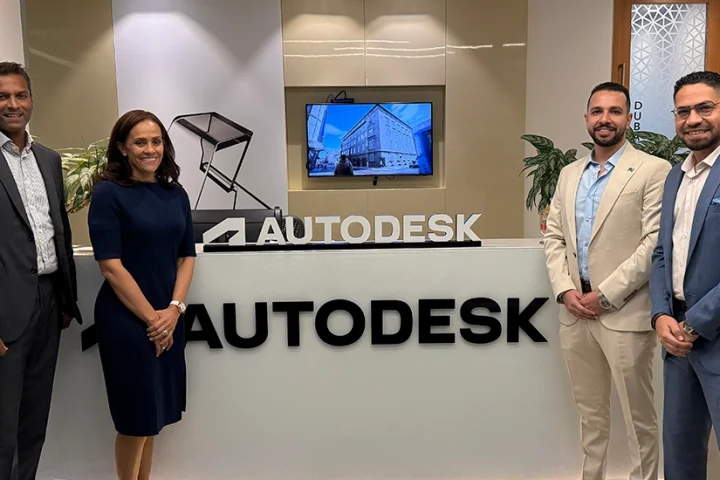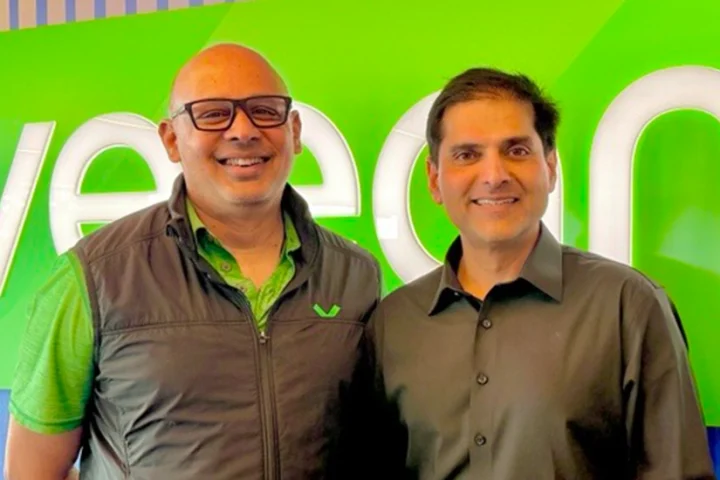Mohammad Maktari, CEO, NIO MENA, shares how the brand’s patented battery-swapping tech is redefining convenience, efficiency, and sustainability in one of the world’s fastest-growing EV markets.
What inspired NIO to bring battery swapping to the UAE, and how does this align with the region’s EV ecosystem maturity?
Our decision to introduce battery swapping in the UAE is driven by a shared vision of innovation, sustainability, and future-ready infrastructure. The UAE has rapidly advanced its EV ecosystem, with strong government support for green mobility and smart transportation solutions.
Offering a seamless alternative to conventional charging, NIO’s patented battery swapping technology enables users to receive a charged battery in as little as 3-minutes. This advanced infrastructure provides a faster and more energy efficient solution compared to traditional EV charging, addressing two of the biggest challenges facing EV adoption in the UAE: long charging times and limited charger availability.
The system is fully automated, from autonomously parking inside the station, to removing and replacing the discharged battery and a complete health check is performed on the battery, motor, and electric systems. Every swapped battery is charged under optimal conditions and monitored to ensure peak performance and safety. The region’s strategic focus on decarbonization, energy diversification, and smart city transformation makes it an ideal environment for technologies like battery swapping. NIO’s entrance aligns perfectly with the UAE’s ambition to be at the forefront of future mobility.
Why was the first Power Swap Station launched in Abu Dhabi, and how does it align with government priorities?
The launch of the first Power Swap Station in Abu Dhabi underscores a strategic alignment with the emirate’s push to invest in high-impact sectors such as technology, research and development, autonomous mobility, and clean energy. Abu Dhabi is positioning itself as a hub for innovation and future industries, and the NIO Power Swap Station complements this by introducing cutting-edge infrastructure that supports electric vehicles at scale.
How does the Power Swap Station compare to traditional ultra-fast chargers in terms of infrastructure cost and energy efficiency?
Unlike conventional charging, that, due to charging curves, slows as the battery nears full capacity, battery swapping provides a charged replacement instantly. NIO Power Swap can provide a more efficient energy deliver solution for the user, eliminating delays, making electric vehicles more practical for everyday use.
Comparing swapping to charging, a 100-kilowatt-hour battery from 5% to 95% would typically take:
- 8 hours on 11kW AC – up to 99% time saving via NIO Power Swap Station
- 2 hours on 50kW DC – up to 97% time saving via NIO Power Swap Station
- 45 minutes on 120kW DC – up to 93% time saving via NIO Power Swap Station
In terms of grid energy, whether charging via AC, DC, or Swapping, the electricity cost remains consistent, but the real gain is in time saved. Although the initial investment of building the Power Swap Station will be higher, the savings become realised through significantly reduced vehicle downtime, which is critical for high-utilization segments such as fleets. It’s akin to replacing a manual spanner with a pneumatic drill when scaling up service volumes – it’s an investment in saving both time and effort.
How does battery health monitoring at each swap enhance performance and safety?
Every battery housed in a NIO Power Swap Station is continuously monitored by the proprietary NIO Power Cloud. This software tracks the condition, usage history, and real-time status of each battery, ensuring optimal health and safety. Moreover, Power Cloud maintains traceability of battery-car pairings, enabling immediate alerts and proactive support in case of any performance anomalies. This robust monitoring system not only safeguards the user but also contributes to the long-term efficiency and reliability of the battery ecosystem.
What engineering breakthroughs enable the fully automated 3-minute battery swap process?
Delivering a fully automated, reliable 3-minute battery swap required overcoming several engineering challenges. Key requirements include building on a perfectly flat surface, ensuring adequate power supply, and integrating high-speed cloud connectivity. Technologically, we have developed multiple patented generations of swap mechanisms and standardized battery interfaces across our models. For the GCC region specifically, stations are equipped with dedicated air-conditioning units to withstand the extreme heat, ensuring performance and safety in local conditions.
What feedback has NIO received from early adopters of battery swapping?
User feedback has been overwhelmingly positive. The most common response is amazement at the speed and simplicity of the process, many users express disbelief at how seamless the experience is. One UAE-based user has already opted to swap exclusively, visiting the station weekly instead of charging at home. This reinforces the convenience and practicality of the technology, especially for users without easy access to home charging infrastructure.
How does NIO aim to shift conventional EV users from plug-in charging to battery swapping?
We see battery swapping as a key to unlocking EV adoption for a broader demographic. For drivers without access to home charging such as those living in high-rise buildings battery swapping provides a viable and convenient alternative. It also presents significant advantages for commercial and fleet operators, such as limousine services, where minimizing vehicle downtime is essential. By addressing these pain points, we aim to transition more traditional EV users to a faster, more efficient charging model.
What is the user journey like for a battery swap—how seamless is it?
The user experience is fully integrated and designed to be effortless. A driver can initiate the swap via the in-car interface with just a few taps, selecting and reserving a battery through a connected system. Payment is handled via the NIO App using a secure, linked payment gateway. Upon arrival at the Power Swap Station, the vehicle automatically parks itself inside the station and performs the battery swap autonomously, no manual intervention required. This frictionless, automated process is one of the core reasons users are rapidly embracing the swap model.




















